November just may be one of the most perfect months of the year — Indian summer is officially gone, and the days are marked by a crisp coolness that is a welcome relief from warm October temperatures. Use this time to get some significant garden chores done before the really cold weather hits — and remind yourself that the work you do today in the garden will pay off next spring with a lush, healthy landscape.
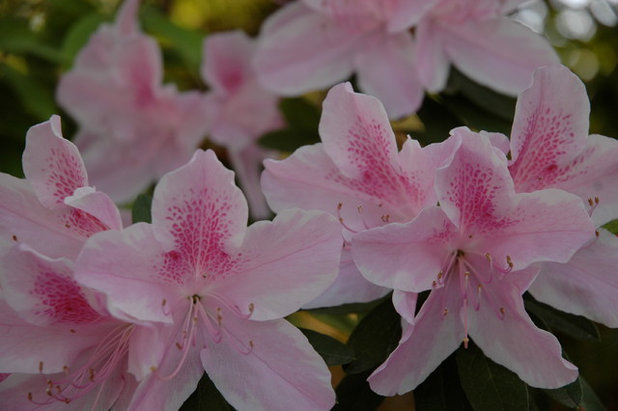
J. Peterson Garden Design
Plant trees and shrubs. All trees and shrubs should be planted in the fall for best growth next year, as fall planting allows these larger plants several months to establish deep, healthy roots. Next year they will be more drought resistant and have more vigorous growth.
Try planting some spring-flowering trees and shrubs, like
azaleas, abelias, redbuds and
Mexican plums — they are some of the first to herald the arrival of spring after a long winter.
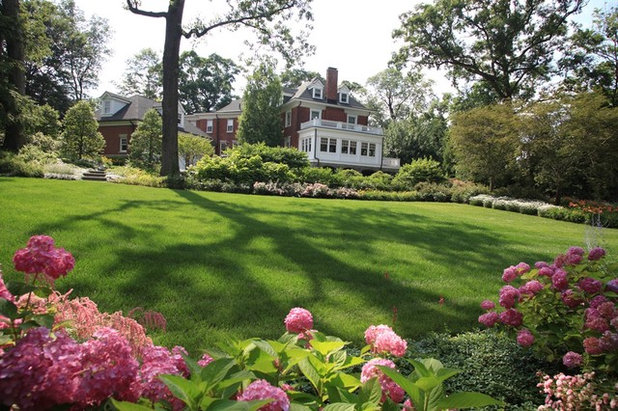
The Todd Group
Take care of your lawn. Overseed your lawn with perennial rye for a green winter lawn. In our area it's not really perennial and will die off once the weather warms up in the spring.
Winterize your lawn by spraying it weekly with a seaweed solution, and if you fertilize, be sure to use a lawn fertilizer that is high in phosphorus for healthy root growth. Look for nitrogen-phosphorus-potassium ratios like 8-6-12, 8-12-16 or 10-5-14 on a winter fertilizer package.
How to give your turf a fall tune-up
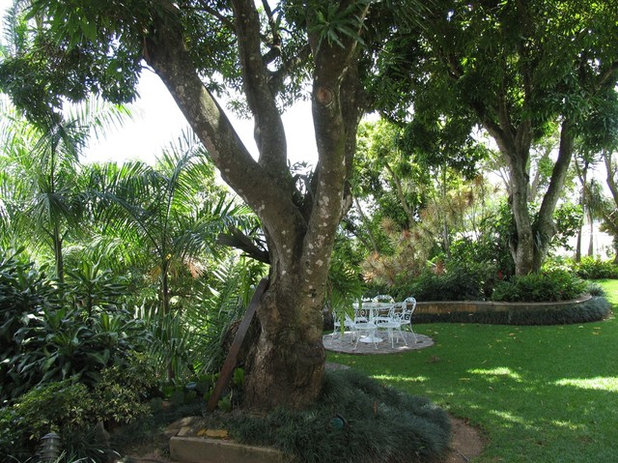
Susana Merenfeld de Weisleder
Prune dead limbs from trees and shrubs. Complete this task before the leaves fall off and remove only those limbs that are clearly dead. Don't prune off any living or healthy limbs at this time. Always be sure you know what type of trees and shrubs you have and what their specific care is, but it's a good general guideline to remove dead growth before winter winds pick up.
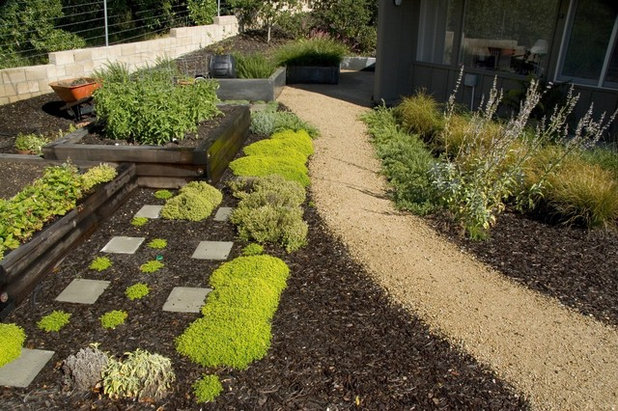
Jeffrey Gordon Smith Landscape Architecture
Mulch around all plants. Similar to how Mother Nature provides a blanket with fallen leaves, mulch "blankets" your landscape plants and protects them from winter cold. Make sure you have a good 2- to 3-inch layer of shredded hardwood mulch, but avoid heaping mulch up on the plant bases, which can quickly rot the plants. I like to "feather" mulch up to the base stem or trunk of a plant for the best coverage.
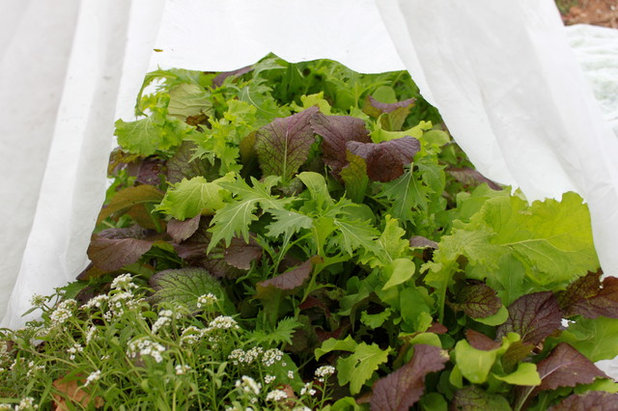
Niki Jabbour
Add row covers to protect from freezes. Although our area of Texas experiences fairly mild winters, we all know that is subject to change. It's not uncommon to have freezing temperatures and occasional snow and ice storms, so be prepared to protect your winter vegetables with row covers.
Many nurseries and garden centers have frost blankets that you can drape over arched PVC pipes to cover your beds; be sure to remove the covers when the dangerous weather has passed.
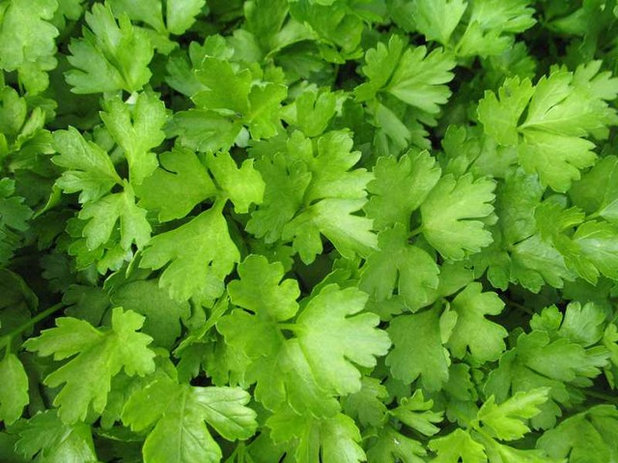
Missouri Botanical Garden
Plant vegetables and herbs. Continue your fall and winter vegetable and herb garden with transplants of
mustard, winter greens, spinach, peas,
cilantro, dill, fennel,
parsley, chives and
oregano. Some seeds can be sown as well — try mustard, radish and spinach in the first part of the month. Always consult your local planting charts for the optimal times to plant in your area.
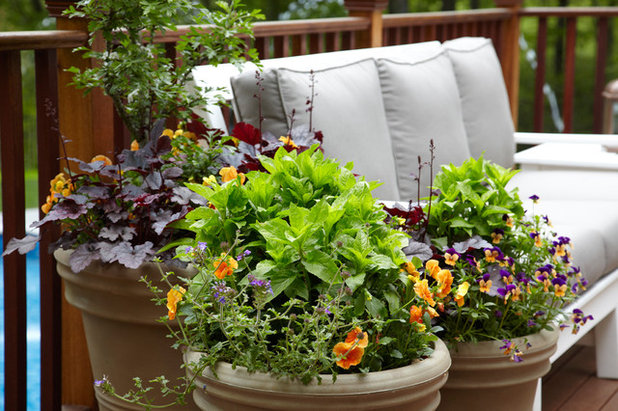
Westover Landscape Design, Inc.
Plant annual flowers and ornamental plants. Spruce up your container plantings and perennial beds with some bright-colored annuals. Good cold-tolerant choices include
ornamental cabbages and kale, pansies,
violas, alyssums, snapdragons, cyclamens and
stocks. If your area is expecting a hard freeze, water these plants well beforehand to protect them. A plant that is hydrated has a much better chance against the elements than one that is struggling.
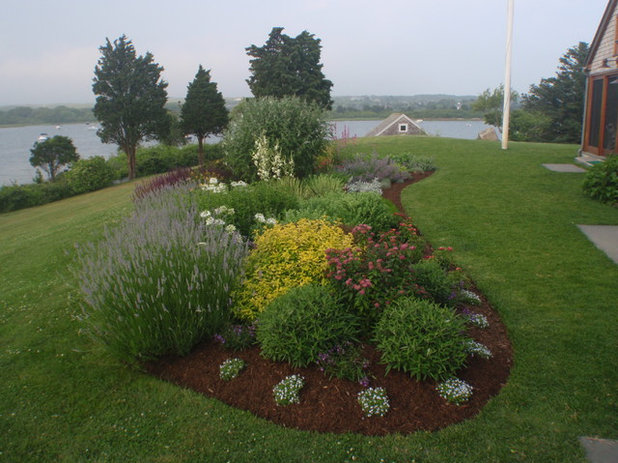
Jennifer Jamgochian / Multiflora
Plant perennials. Get those perennials in the ground this month with transplants of
lantanas, salvias, ornamental grasses,
yellow bells, coneflowers, rudbeckias and columbines. Perennials planted at this time of year will have much larger growth and increased blooms than those planted in the spring. Remember to mulch around your newly planted babies to keep them protected over the winter.





